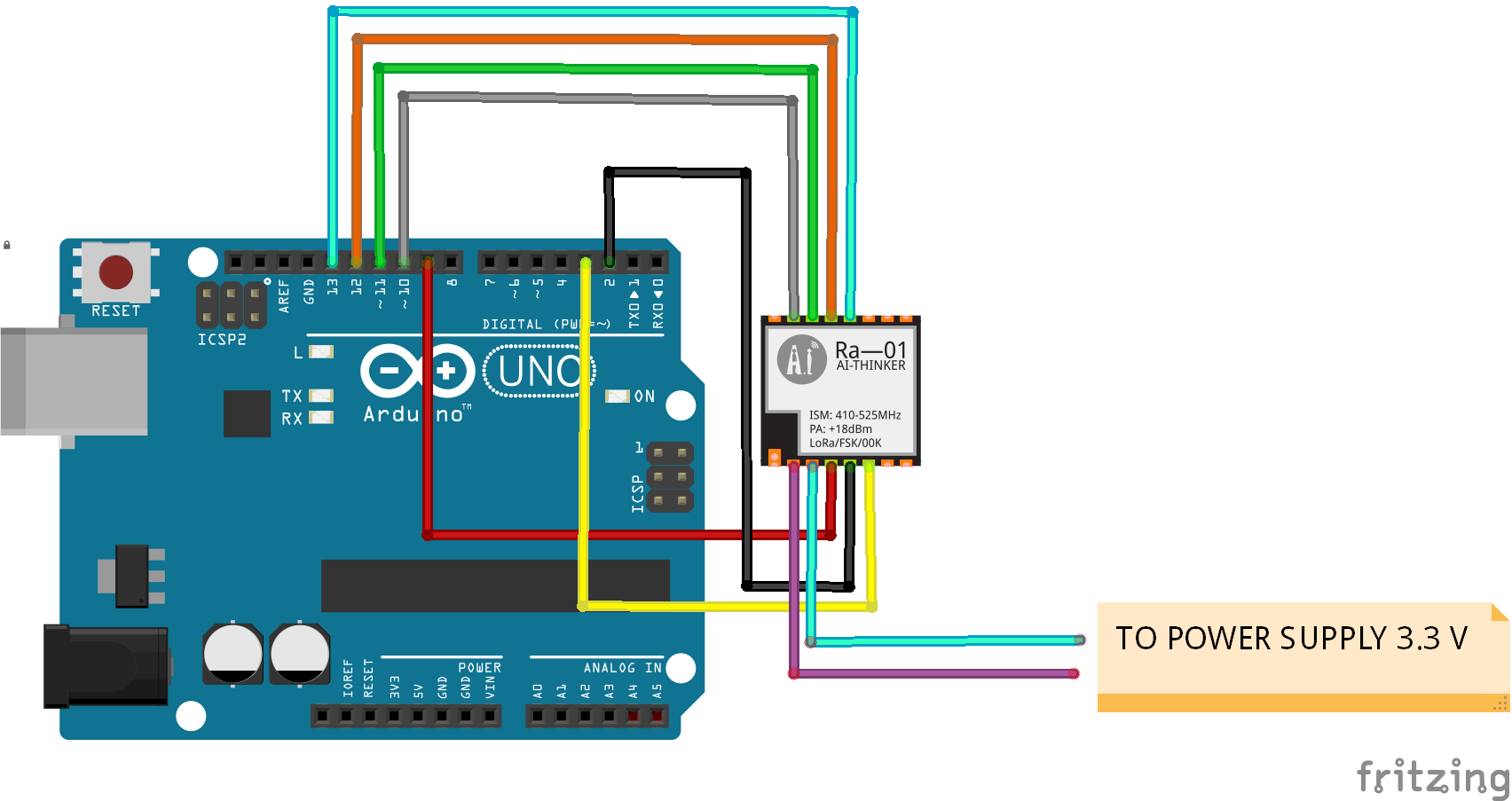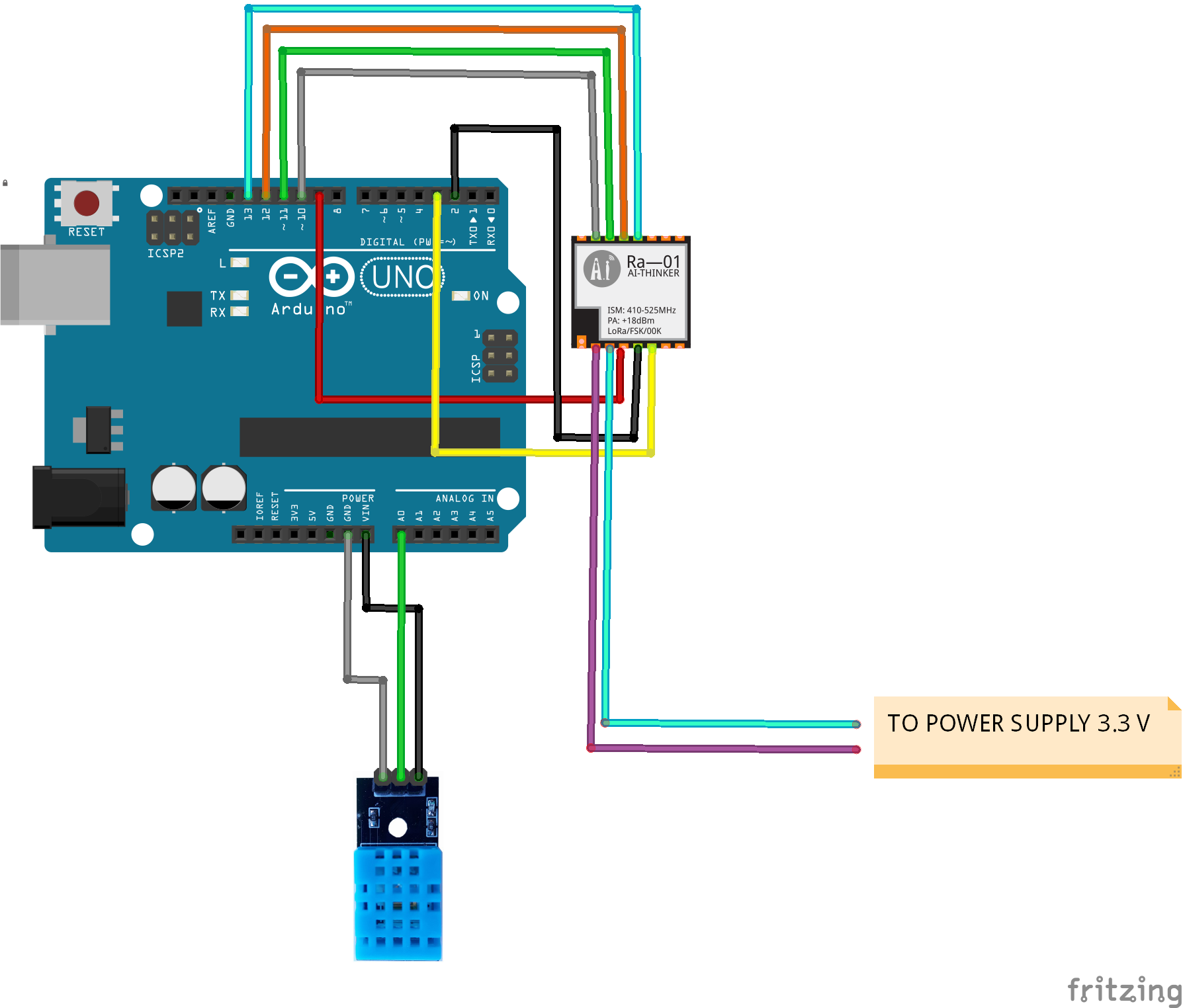AODV is a routing protocol designed for mobile ad-hoc networks. Route request (RREQ), route reply (RREP) and route error (RERR) are the types of messages specified by AODV. These messages are sent using IP addressing. In IP addressing, the message is added with a header which functions to determine the address to be addressed. After arriving at the recipient, the IP header will be broken down to find out the contents of the message sent. The propagated message has a life time carried by the header on the IP.
The workings of AODV in general are as follows, AODV requires a route to the receiver, so the sender or node 1 will broadcast the route request (RREQ) message to all neighboring nodes. Neighboring nodes that receive RREQ will send a reply message in the form of RREP if that node is a recipient or has a route to the recipient. Nodes that know the route to the receiver are called connecting nodes. Both the connecting node and the receiver will store the new information carried by RREQ, then send the RREP to the sender. Each node on which RREP passes will form its own route to the sender. So it is through the RREP message that the end to end route between the sender to the receiver is formed. The sender will receive an RREP message which contains information about the return address, recipient address, recipient sequence number, hop count and message life time. The source will change the route if the new route has a larger sequence number and less hop count than the current route. As long as the route is formed, each node in the network monitors the condition of the link in front of it to anticipate any damage. If a route is damaged or interrupted, the nodes connected to the link will notify all nodes that the route is broken. Then the node in question will spread RERR to all neighboring nodes to the sender. The RERR indicates that the receiver cannot be reached via the damaged route. Therefore the sender must re-propagate the RREQ.









Comments
Please log in or sign up to comment.